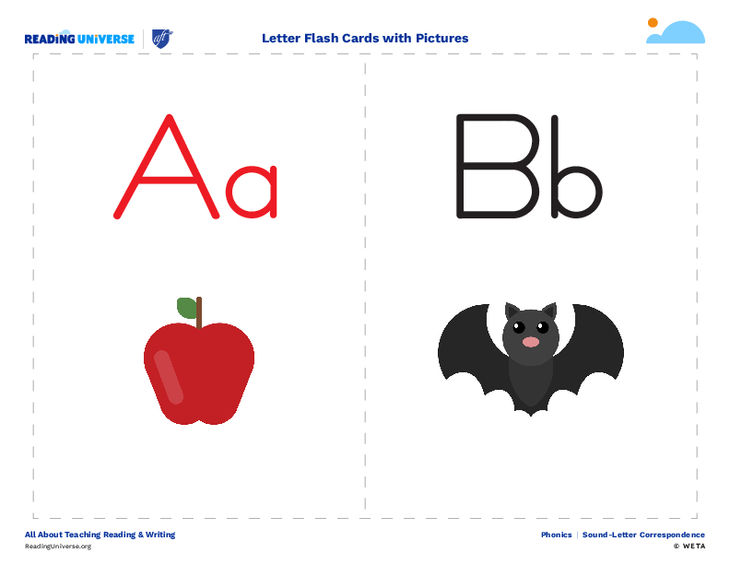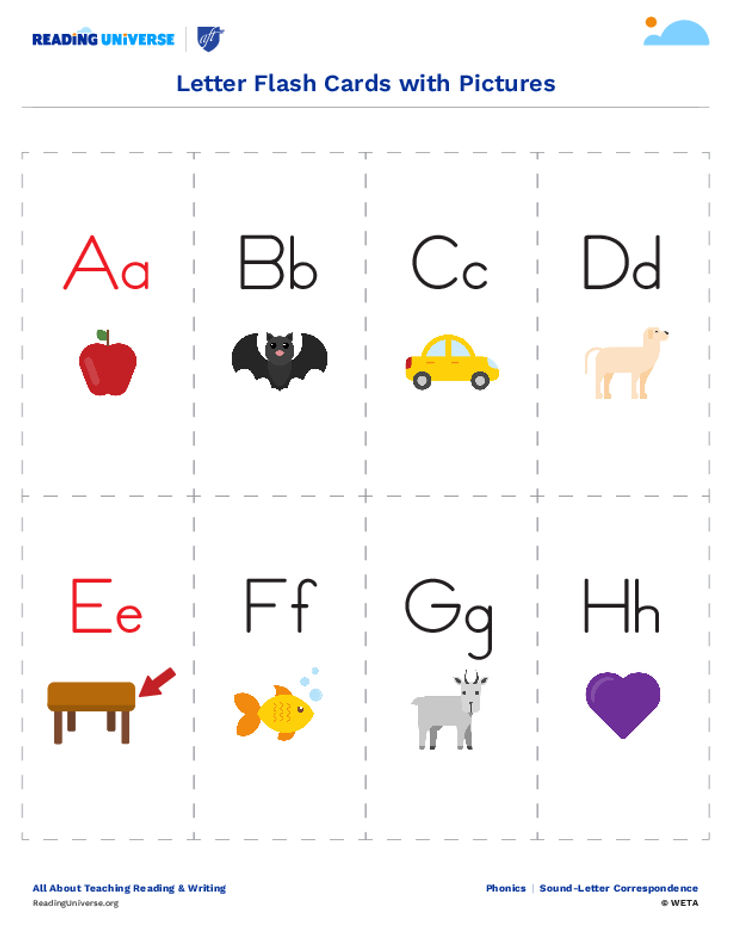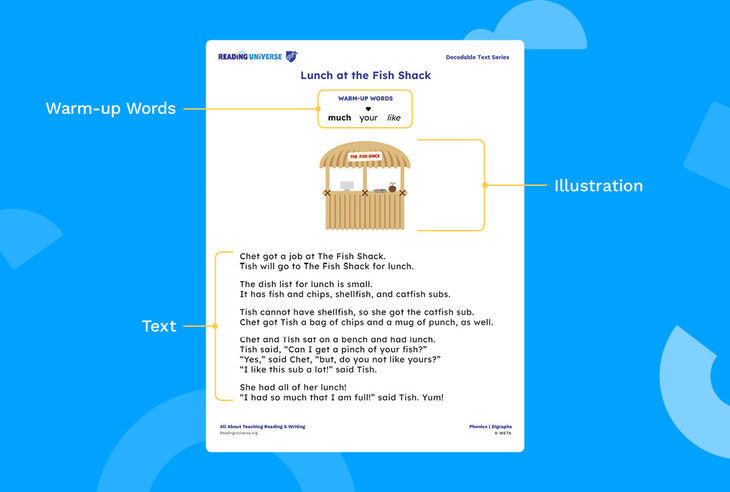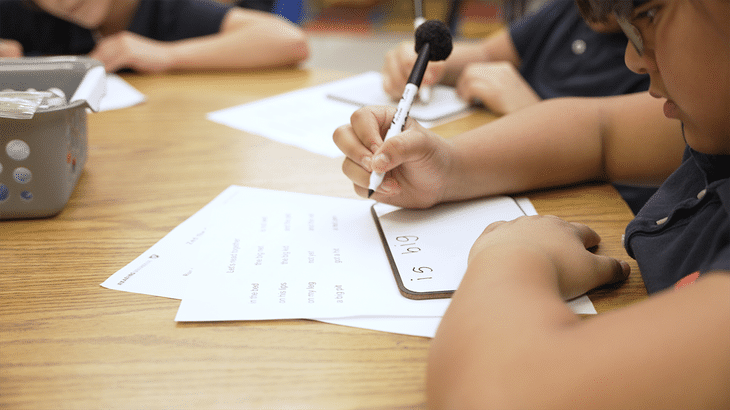
Phonics
What is phonics? A method for teaching children the relationship between spoken sounds and written letters so they can learn to read and write
New to phonics? Start with our step-by-step skill explainer on letter names and letter sounds.
Looking for teaching materials? Explore all our phonics resources below.

Phonics Patterns Letter Names and Sounds Skill Explainer Letter Names and Sounds Skill Explainer Sound-Letter Correspondence Phonics Phonics Letter Names and Sounds Skill Explainer Short Vowels Skill Explainer Short Vowels Skill Explainer Short Vowels Skill Explainer Short Vowels Skill Explainer Short Vowels Skill Explainer
- ...










